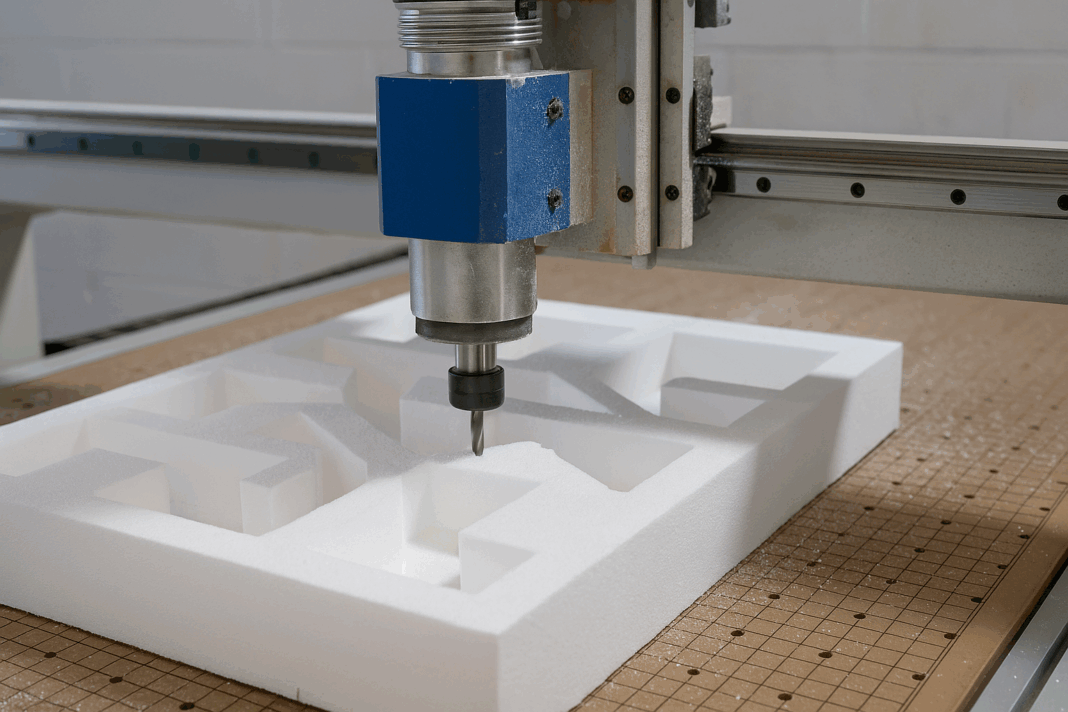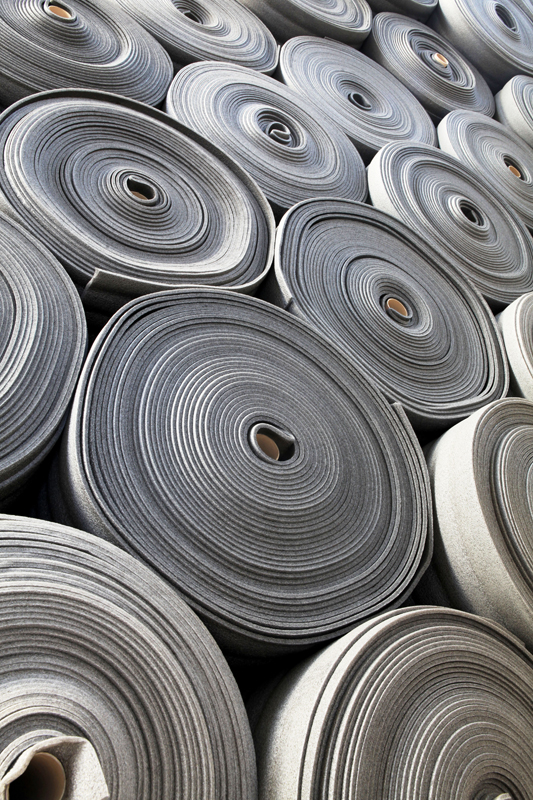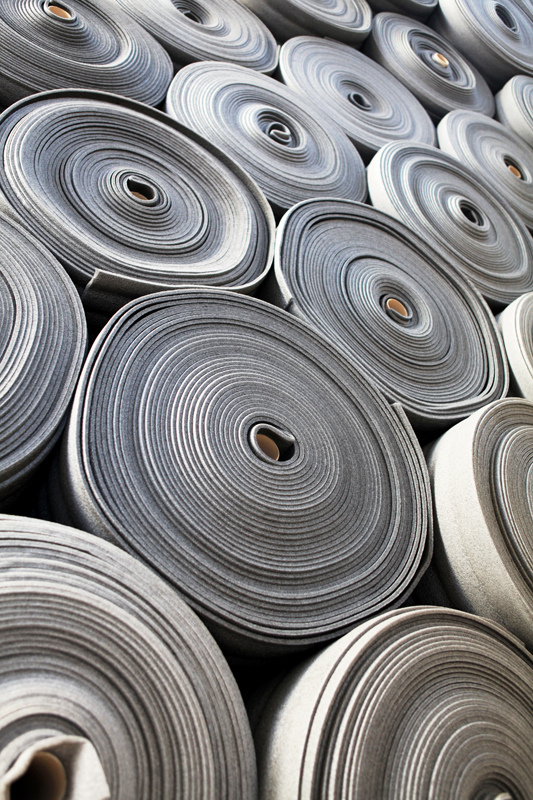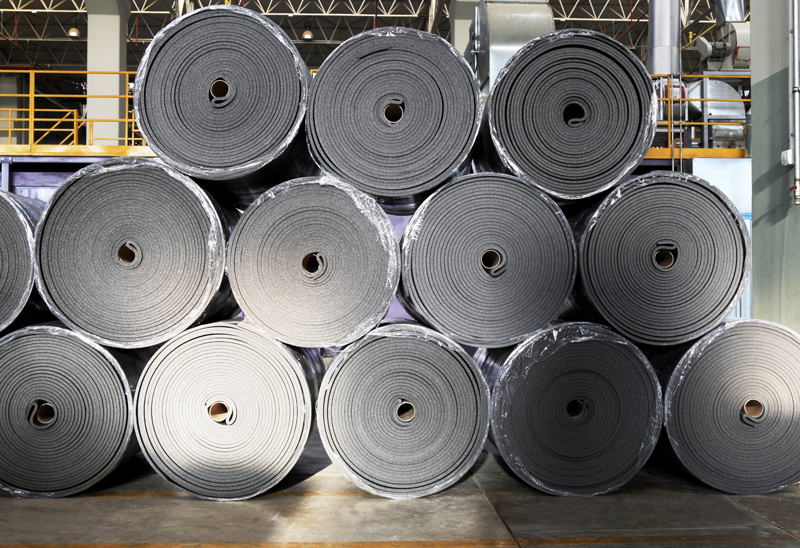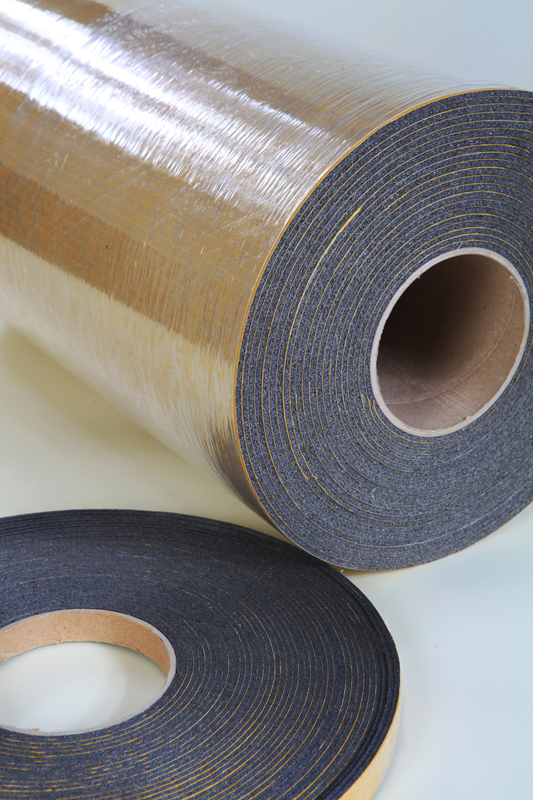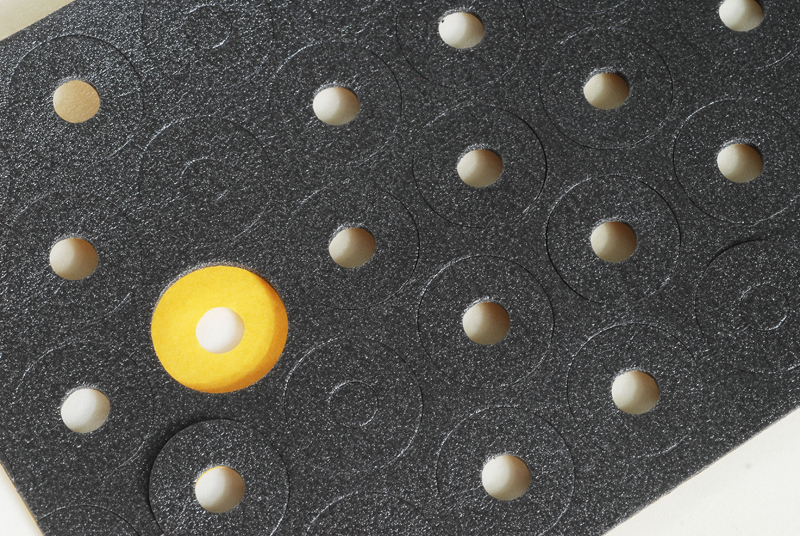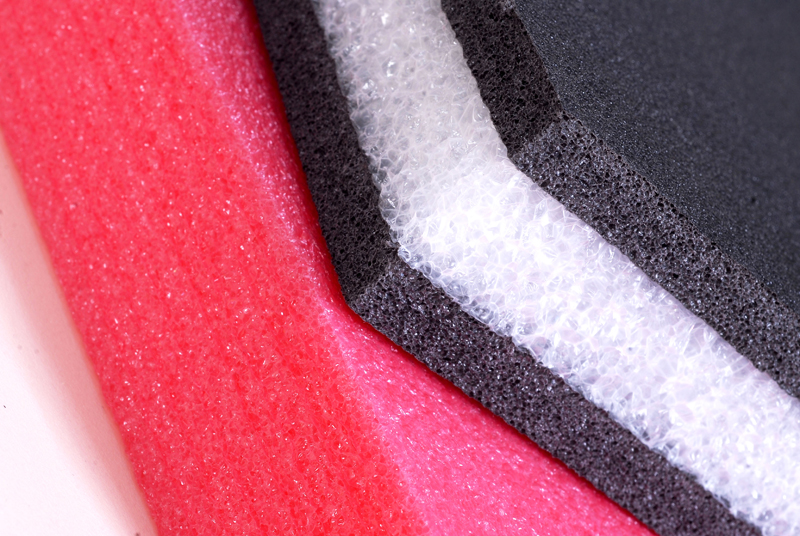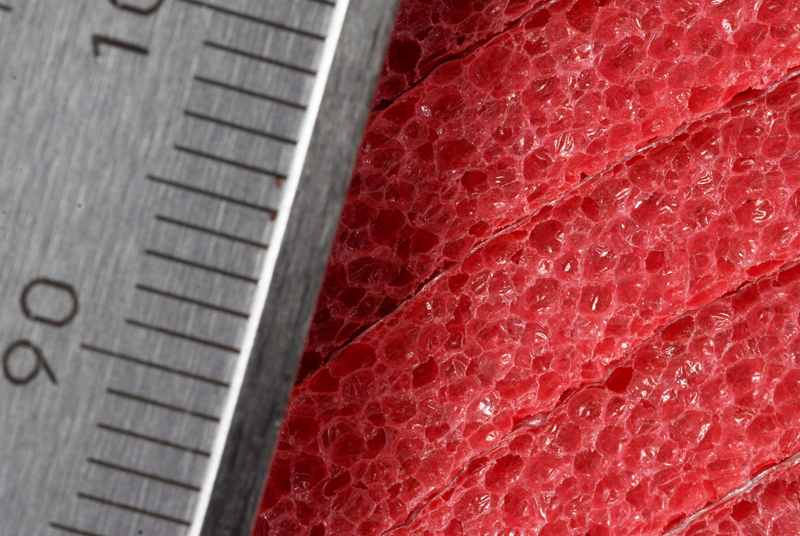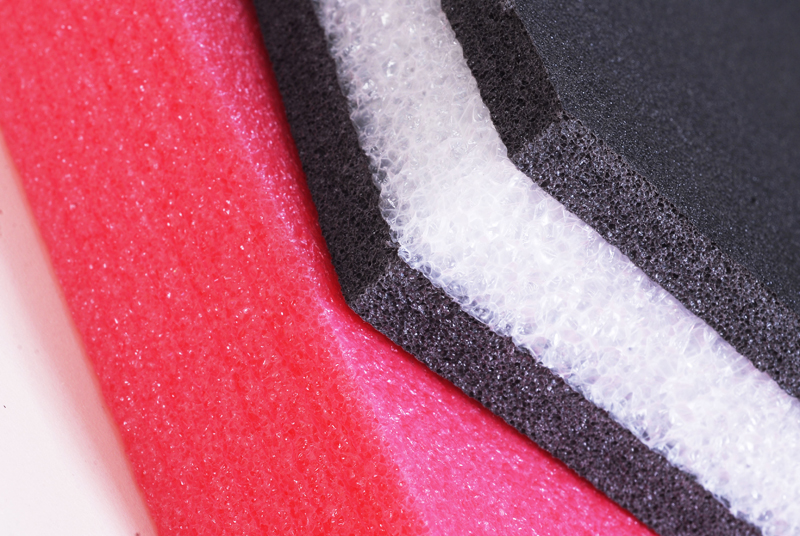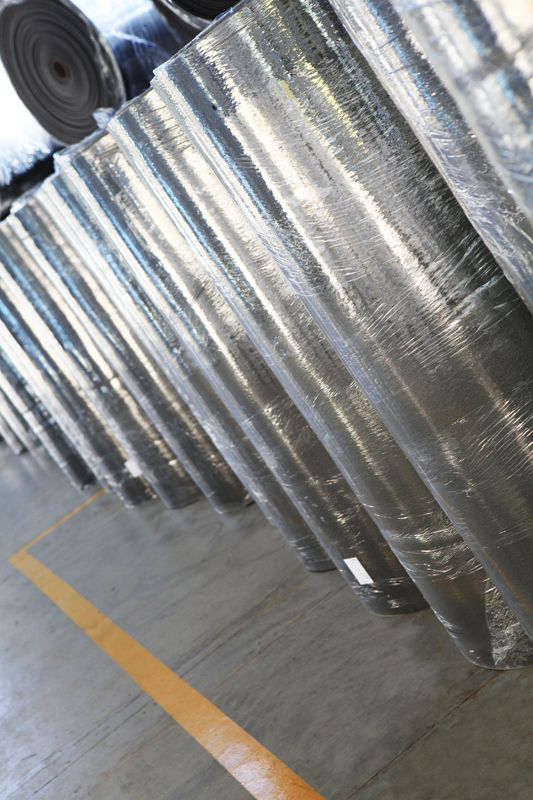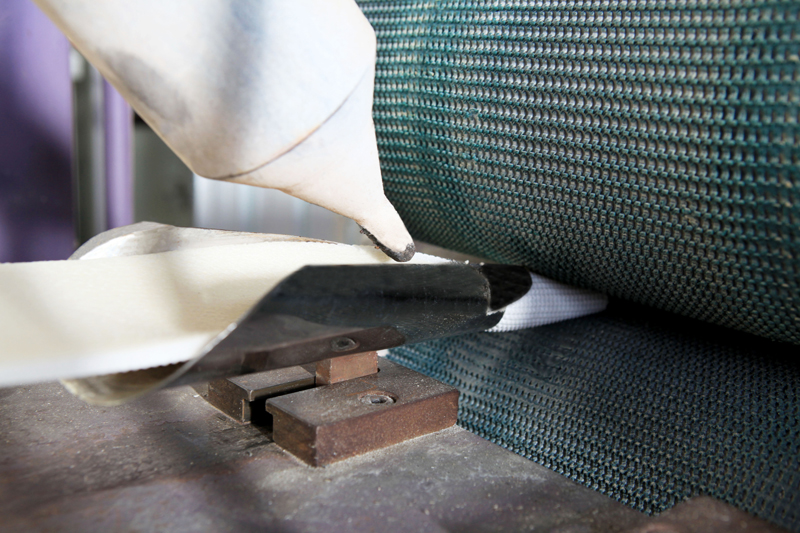Hey there! 👋
Remember that time I tried cutting foam for a drone prototype with just a box cutter? Let’s just say it looked like a kindergartener’s art project gone wrong! 😂 That disaster led me down the rabbit hole of CNC-cut foam, and friends – it’s been a game-changer. Today, I’m sharing how this technology transforms ordinary foam into engineering masterpieces!
The Evolution of Foam Fabrication: From Scissors to Software
Traditional foam cutting reminds me of carving ice sculptures with a chainsaw – imprecise and messy. But CNC (Computer Numerical Control) cutting? That’s like giving foam a GPS-guided scalpel! 🗺️🔪 This technology uses CAD designs to guide ultra-sharp blades with micron-level precision.
I’ll never forget my first visit to a CNC foam facility. Watching that machine carve intricate patterns into polyethylene foam felt like witnessing magic. The operator grinned and said: “We make foam dance to the computer’s tune!” And honestly? He wasn’t wrong.
Why Precision Matters: The Cost of Imperfection
Early in my career, a client lost $40,000 in medical sensors because hand-cut foam inserts allowed movement during shipping. Each sensor needed 0.2mm precision – something only CNC could deliver. Here’s why accuracy isn’t just nice-to-have:
| Cutting Method | Tolerance Level | Waste Percentage | Complex Shape Capacity |
|---|---|---|---|
| Manual Cutting | ±3-5mm | 25-40% | Basic shapes only |
| Die Cutting | ±1-2mm | 15-25% | Moderate complexity |
| CNC Cutting | ±0.1-0.5mm | 3-8% | Any imaginable shape |
That medical client switched to CNC-cut physically cross linked polyethylene foam and eliminated shipping damage completely. Precision pays! 💰
The CNC Advantage: More Than Just Precision
Beyond accuracy, CNC cutting unlocks superpowers most people never consider:
- ✨ Multi-Layer Magic: Cutting 20+ identical layers simultaneously
- 🔄 Rapid Prototyping: Going from CAD design to physical part in hours
- 🎛️ Variable Density: Combining different foams in single structures
- 📐 Micro-Adjustments: Tweaking designs between batches digitally
My favorite example? An aerospace client needed shock-absorbing mounts with 57 unique angles. CNC delivered perfection where human hands couldn’t even measure accurately!
Material Matters: Foam Selection for CNC
Not all foams play nice with CNC blades! Through painful trial-and-error, I’ve learned:
Closed-Cell Champions: Chemically cross linked polyethylene foam cuts cleaner than warm butter 🧈, leaving smooth edges that won’t crumble.
Avoid Open-Cell Nightmares: Standard polyurethane foam often tears like tissue paper, requiring messy secondary processing.
Density Sweet Spot: 30-60 kg/m³ pe foam offers the perfect balance of cut precision and structural integrity.
Mind-Blowing Applications: Where CNC Foam Shines
The possibilities make my inner engineer giddy! Here’s what clients are creating:
Biomedical Marvels: Custom surgical trays with instrument-specific cavities cut to 0.1mm tolerance.
Acoustic Sculptures: Sound-diffusing panels with mathematically precise fractal patterns.
Transport Revolution: Vehicle interiors with ergonomic contours following body mechanics.
I recently saw CNC-cut foam mimicking coral reefs for aquarium habitats – the sea turtles approved! 🐢❤️
The Cost Paradox: Why CNC Saves Money
Many clients panic at CNC’s hourly rate. But consider:
- 📉 Reduced Waste: Nesting software fits pieces like a puzzle, minimizing material use
- ⏱️ Zero Setup Costs: Change designs without physical tool modifications
- 🔄 Consistency: The 1000th cut matches the 1st perfectly
A furniture client discovered CNC-cut foam reduced their assembly time by 65% because pieces fit perfectly every time. That’s efficiency you can’t buy with cheap labor!
Designing for CNC: Insider Tips
After overseeing 500+ CNC projects, here’s my cheat sheet:
- Mind the Kerf: 🔪 Blades remove 0.5-2mm material – account for this in designs!
- Internal Corners: Add tiny radii (0.5mm) to prevent tearing
- Layer Orientation: Cutting perpendicular to foam rise direction yields cleaner edges
- Test Cuts: Always prototype with scrap material first
Future Frontiers: Where CNC Foam is Heading
The technology advancing faster than ever:
AI-Optimized Cutting Paths: 🤖 Software that learns to minimize cutting time and waste
3D Foam Printing: Layering CNC-cut sheets into complex 3D structures
Hybrid Material Systems: Embedding sensors or reinforcing fibers during cutting
I recently witnessed a CNC machine cutting conductive foam circuits – the future is flexible! 🔌
Your CNC Journey Starts Here
Ready to embrace precision foam cutting? My battle-tested roadmap:
- Start Simple: Choose one high-impact component to CNC first
- Partner Early: Engage CNC experts during design phase
- Material Testing: Verify your foam cuts cleanly before full production
That botched drone prototype taught me a valuable lesson: In foam cutting, precision isn’t luxury – it’s necessity. ✨ Whether you’re protecting delicate electronics or creating artistic installations, CNC turns “good enough” into “perfect every time.” Now go blow some minds with foam! 💥🧠


